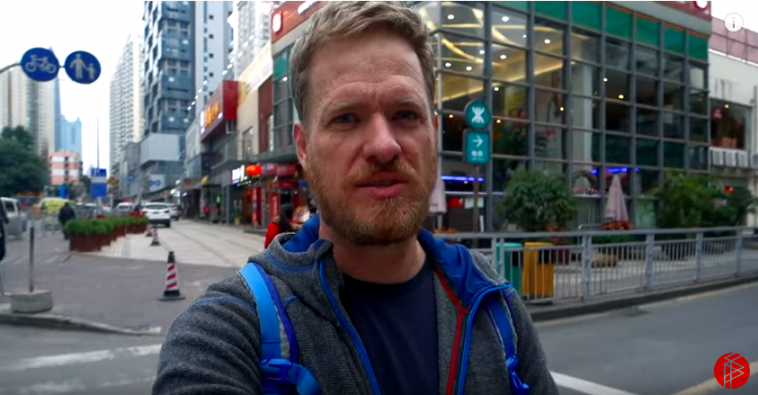China maybe grappling with the challenges of slowing down GDP growth and volatile stock markets but the bigger picture is brighter among the country’s engineering class. Shenzhen which is considered China’s Silicon Valley is attracting a lot of engineers around the world. Scotty Allen is one such software engineer who in search of unique projects dived into it. He wanted to gain access to those tools and parts which can help him to create anything his heart desired.
In China, Allen spent a year and a half visiting the country and gained the idea for his latest project. He got the idea of building an iPhone from parts that were available in the market of Huaqiangbei in Shenzhen. He decided to build the iPhone after discovering all the parts were available in the markets that could help him achieve that easily. He uploaded a video which takes the viewers through his journey of navigating the markets, learning how the phone works, and the process of finding out the right parts.
Within a short span of time, Allen’s video received over 8 million views. The only hurdle that he faced was that he didn’t know how to speak Chinese but covered it up with the help of his Chinese speaking friends. He most of the time communicated with the locals using the few Chinese words he learned during his stay. Despite the hurdles, Allen found the local vendors really helpful which made the whole process much simpler than expected.
Scotty’s video has received a much positive response from viewers because it is compelling enough to give a clear perspective on the manufacturing process. For the project, Allen had to really work hard. In the video, he explained everything very clearly the process and the end result was really simple. The video reveals surprisingly that the iPhone’s behind the screen is taken up a lot for the battery.
With the video, Allen has been able to prove that Apple’s engineering creation is easy to repair and reassembled at any place. After the appreciation of his first project, he plans to continue working on further phone projects in Shenzhen.
The Article originally appeared on Forbes





